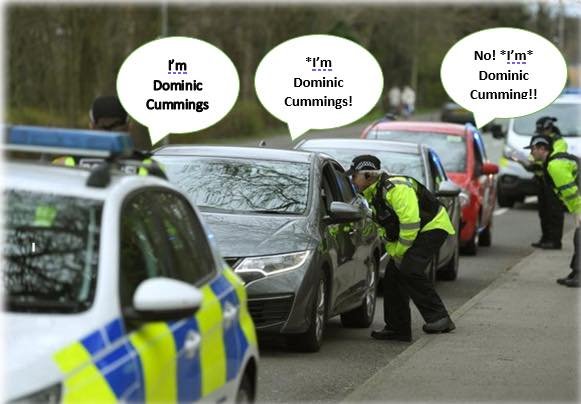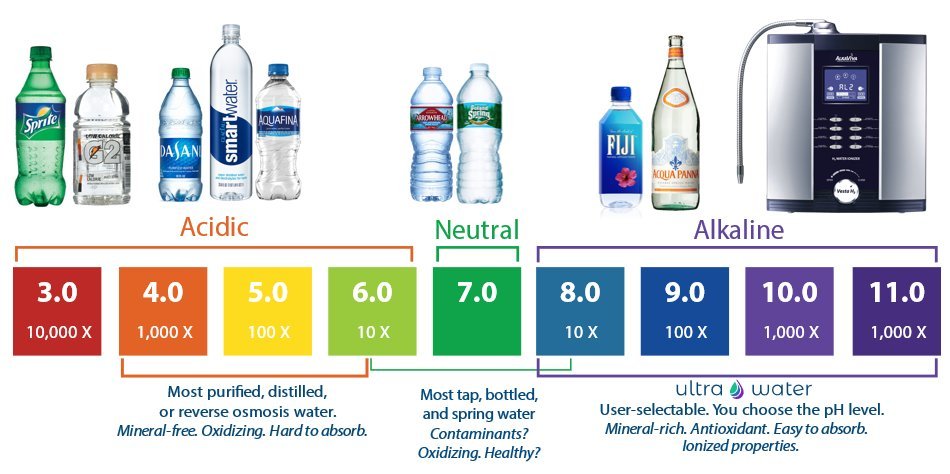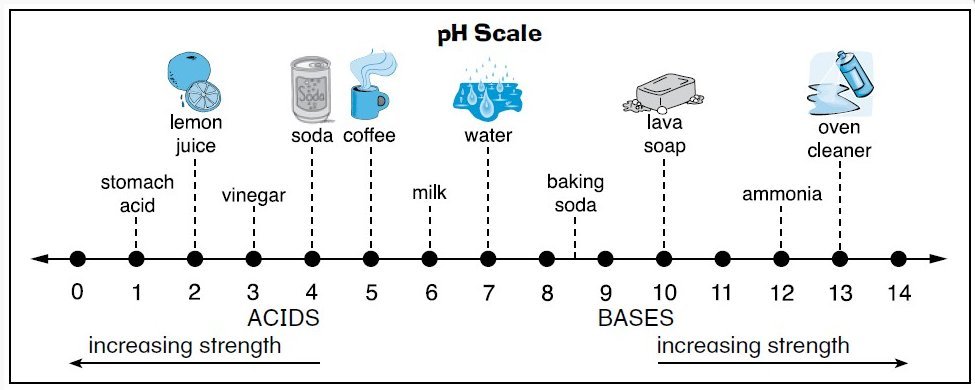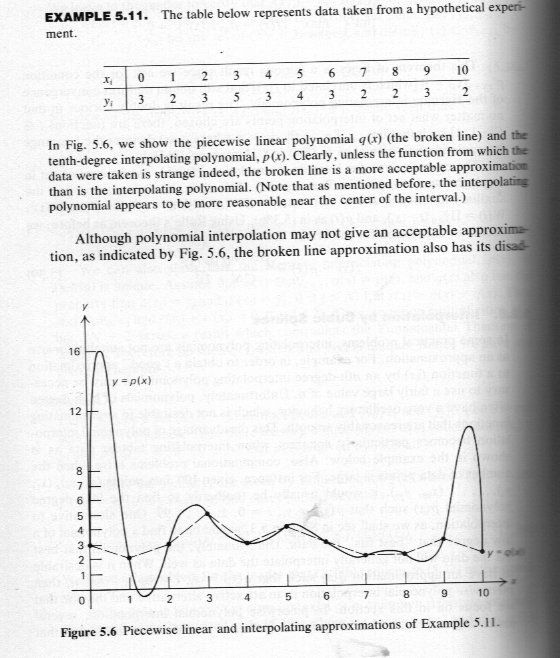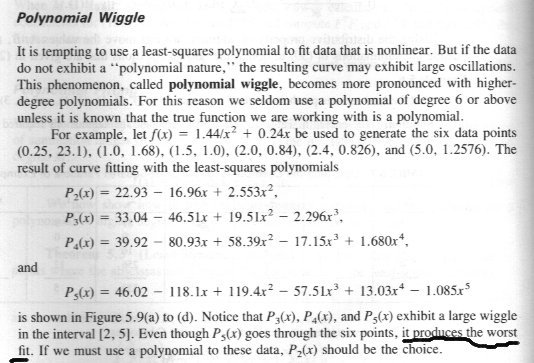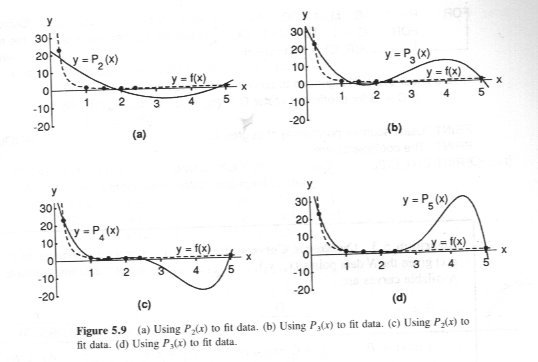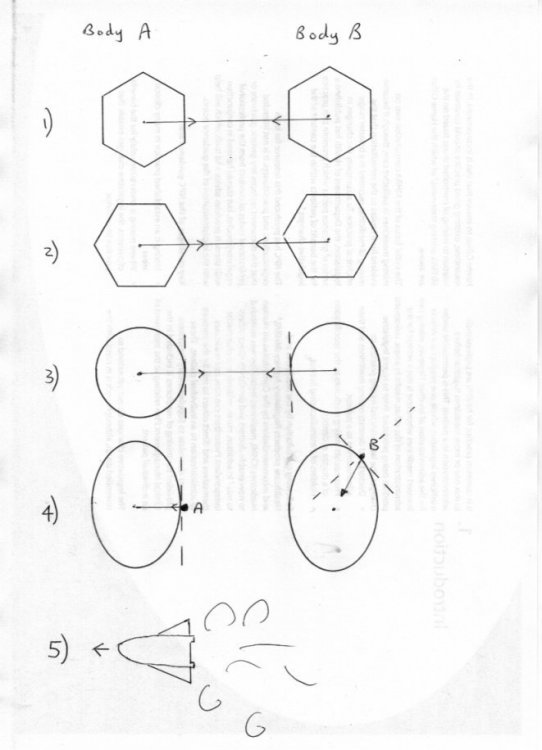-
Posts
18315 -
Joined
-
Last visited
-
Days Won
104
Content Type
Profiles
Forums
Events
Everything posted by studiot
-
Building machines to decode enigma seems pretty practical to me? However I thank the OP for asking the original question since it resulted in my finding out something I did not know about Alan. His main purely theoretical work, an early prediction of chaotic behaviour, resulted in the discovery of B-Z reaction in chemistry.
-
Yes exactly. Absolutely not. Not even your textbook says this. Again this is not the case. Two forces, acting on different objects, cannot be 'in equilibrium. Only forces that act on the same object can be in equilibrium. Newton's third law is not about equilibrium. I think the key to understanding and getting it right is to start with a good diagram. and I am sorry to say that the diagram from your book is not a good diagram, for all it prettiness.
-
Bob Bemer http://news.bbc.co.uk/1/hi/technology/3838845.stm
-
Once again you are short on method statement. Some presentation of the results wouldn't go amiss either.
-
Of course it helped. Although Richard Hamming is rightly credited with developing the organised structure for digital computing, Alan Turing must have known some of this since he was in at the beginning of digital machines, so must have known and used some of this. By organised structure I mean the combination of several digital units into data 'packets'. By digital I mean the use of a few definite values, not a continous spectrum of values.
-
Actually though trivial in this case, and not a simple as the plain statement of static equilibrium F = W, the virtual work method has attraction in a similar situation. I was once challenged by a PhD specialist in electrodynamics (not here) how to derive the controlling equation for an electromagnet picking up a car in a scrapyard. When we compared solutions, his was 3 pages of advanced mathematics to avoid magnetic forces doing work, and mine was 3 lines long. (I haven't forgotten the thermodynamic question)
-
Marvellous vegetable, the potato. It was one important factor that powered the development of 19 century America. If you ever visit Ireland, visit the American-Irish Folk museum. Lot's on the history of the potato there, including the cooking and nutritional values.
-
I don't know if your factory makes moonshine or what from your potatoes but coincidentally the Times (26 May p7 ) reports that
-
I knew if I looked at Wikipedia long enough I would eventually find something you don't need need to stand on three encyclopedias and a dictionary to read. Today I found it so here it is pH is a scale that runs from very acid @1ish to very alkaline also called basic @ nearly 14. Here are some values in relation to common things. The last one is interesting becasue it shows the range of pH we can safely drink.
-
Here is Dr Seuss' example The cat sat still on the mat. If F is the force of the mat on the cat, M the mass of the cat and W the weight of the cat then Imagine a virtual downward displacement δh of the cat's bottom. Then the work done against F = F(δh) This equals the loss of (gravitational) potential energy of the cat = Mgδh = Wδh Fδh = Mgδh = Wδh F = Mg = W. It's a smiley day All the way
-
Good thinking +1 Quantum tunnelling. For good measure here is an answer to the obverse question. "Give an example that quantum particles behave in ways that classical particles definitely do not." Anomalous Quantum Hall Effect.
-
Thank you for coming back with further information. +1 I was right to want details of the method statement.
-
Happy to compare my VW solution with your PB one.
-
Yes let us find out what's actually troubling Ned. +1 Virtual work is even simpler, but still not as simple as the standard equations of statics.
-
One thing you can say for sure. If there were no dissolved ions conductivity would be very low. I can see that English is not your first language, but the more information you can provide the better. Do you still have access to the meter? Can you tell us what make and model it is ? If you know these things can you tell us if it is an ac or a dc type and if it is ac is it high frquency or low frequency? It is a great shame you cannot investigae the variation of conductivity with amount (concentration) of the pulp material. I did have a small wonder if the pulp fibres might spread out like tiny filaments and string out the ions along them so providing a network of conductive paths like tiny electric wires. The point about polarisation is that ions congregate around electrodes of the opposite polarity to themselves and get in the way of each other. This discourages futher ions from travelling towards that electrode. This may not happen in the original soup containing the pulp. Overcoming this requires an additional voltage and a small handheld meter might not develop enough voltage to drive the measurement. You say it was a conductivity/pH meter. Did you also measure pH? If so, was there any difference in reading between the 'soup' and the strained liquid? Here is someone else who measured lower conductivity than expected in mixtures a bit like yours, due to pH.
-
No answers to my two most crucial questions so read this for yourself. http://www.vl-pc.com/index.cfm/technical-info/conductivity-guide/
-
This is posted in homework help, so was this a lab experiment you made? If so can you provide more details for instance How 'thick' was the original suspension ? Did you make any tests with differeent amounts of particle removal? How was the conductivity measured? Have you heard of electrode polarisation?
-
Nowhere have I made a value judgement about the worth of scientists, engineers or fast food outlets or the work they do or service they provide. That is all in your mind. I did make an honest appraisal of the activities of engineers and scientists from personal experience for the benefit of devicemaker to help him towards his goal This discussion about your value judgement belongs in another thread.
-
'Collocating' comes from co - location or co located ie in the same place or better places. There is no reason for these places to be zeros, though they could be. Collocating points are simple a set of points where the collocating function's values (or perhaps slopes for differential equations) exactly match (pass through) the known points either form a curve we are trying to fit or a set of individual data points. Here are some examples which show the effect of higher order functions 'wiggling' more. This is why when we do finite element analysis, low order approximating functions are preferred bwtween the mesh points.
-
Can't see why for either statement.
-
With reference to the sketches in my diagram. Consider Cavendish's experiment but replace his balls by two heavy laminae (plates). It is reasonable to say that the gravitational force between these plates is perpendicular (normal) to the opposing faces. But what happens if we turn the plates round? What is the line of mutual attraction now perpedicular to? OK so make the plates circular. The force is now perpenducular to the tangent in any orientation. Now shrink one of the plates to a test plate size and move it to the surface of the other plate, now an ellipse. This models a body on the surface of the Earth. So is the perpendicular to the tangent the line of action of the gravitation force? Yes at point A but not at a general point B as shown. Look an my rocket. What does normal to the exhaust mean?
-
Have you tried looking at the issue from your proposed partner's point of view. Ask yourself If some unknown person knocked on your door and offered "Tarmac your drive, guv ?" Would you let him in without some sort of vetting? Pffft Did you thank that was a disparaging comparison. It was not
-
That is the definition of a normal force. Sometimes it is a component of force, say for something sitting on an incline plane, the weight would be counterbalanced by the normal force and the force of friction. Well yes the any 'normal' is at right angles to or perpendicular to something. But if you are going to accept swansont's assertion that gravitational forces form an 3rd law action / reaction pair 'normal' makes no sense. The gravitational pair both act along the line joining the centres of gravity of the two objects. The actual surfaces of thes bodies may not be in contact and may not be at right angles to this line of action. Furthermore they are always acting - they never stop. Unlike contact forces which only act during contact and cease immediately contact is discontinued. So it makes sense to split the contact force into a normal and tangential components in a way that may not be appropriate for other forces.
-
That is my understanding.



